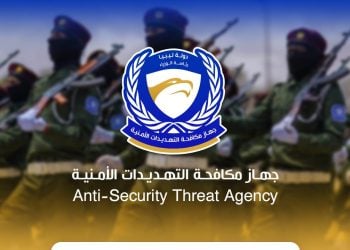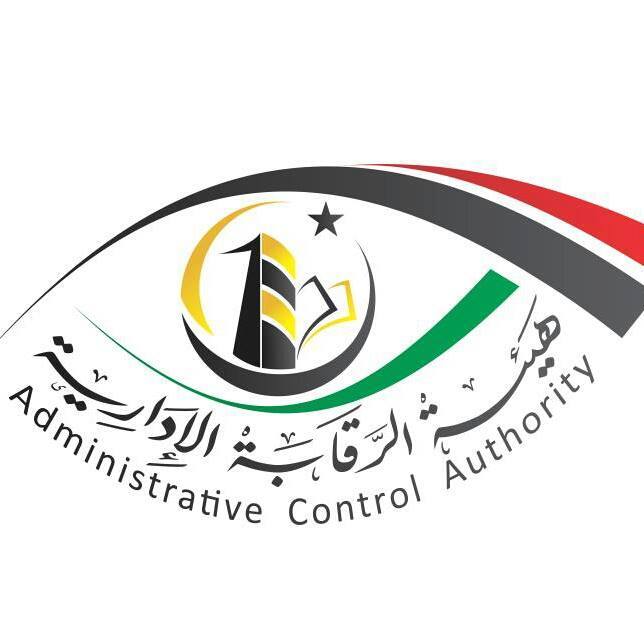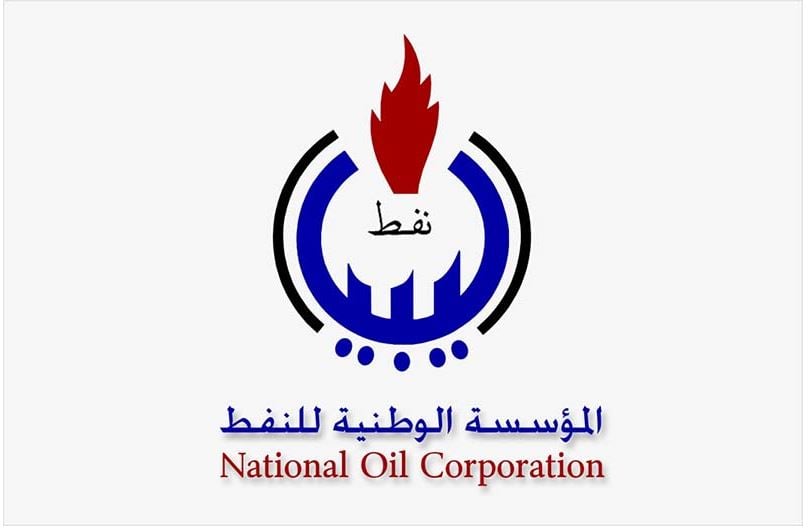By Sami Zaptia.
London, 19 September 2018:
UNSMIL has condemned the ceasefire breach on Monday and early Tuesday morning that had been agreed in Zawia between warring militias fighting in the southern suburbs of Tripoli.
In its statement, UNSMIL said it “condemns the renewal of fighting in Tripoli and calls on all parties to adhere to the ceasefire agreement”.
It stressed “that it won’t be possible to proceed with the reform process while violence continues and the residents of Tripoli, who come from all over Libya, continue to pay a heavy price”.
The ceasefire was breached on Monday and early Tuesday morning in southern Tripoli on the Airport Road and in the Hadba Mashrou/Project area.
The shelling was reported to have damaged electricity infrastructure which has contributed to yet another power blackout in the capital.
It is believed that the clashing militias did not actually engage in face-to-face fighting, but rather fired shells at each other and each others’s positions.
Libya media reports attribute the shelling to the Somoud Brigade led by Misrata’s hardliner, Salah Badi, against the Abu Salim-based Central Security Force led by Abdelghani Al-Kikli (aka “Ghneiwa”).
Libyan media also reports that both sides blamed the other for breaking the ceasefire.
Salah Badi’s Samoud Brigade has been based on the Airport Road for the last two weeks. It took advantage of the Tripoli fighting and chaos to interject itself on the scene.
The Somoud brigade seems to be acting as an independent “joker” outside any control or influence by its city, tribal or militia pressure groups.
It had not been party to the original UNSMIL-brokered Zawia ceasefire agreement of 4 September, nor the subsequent ceasefire consolodation meeting in the same city.
Some analysts believe that Badi and Somoud are being manipulated or acting on the instructions of the Tarhuna-based 7th Infantry “Kani” Brigade. Although publicly the Kani Brigade had distanced themselves from Badi.
The ceasefire breach could be related to
Saturday’s meeting in Tarhuna of representatives of a number of tribes and cities.
The tribal gathering came out in support of the moves by the 7th Kani Infantry Brigade to “cleanse” Tripoli of militias.
Furthermore, in its deliberations, it gave the Serraj-led Tripoli administration three days to disband and eject the the Tripoli-based militias.
Badi’s Somoud shelling could have been a means by which the 7th Kani Infantry Brigade was exerting further pressure on Serraj and UNSMIL to take further radical steps against Tripoli’s militias.
There has also been an increased reporting of the appearance of pro-Khalifa Hafter posters and stickers in Tripoli with some analysts linking Badi to the eastern-based Libyan National Army leader.
This, at the face of it counter-intuitive link, only goes to show the complexity of current Libyan politics and its ever-shifting alliances, reflecting the mantra of – my enemy’s enemy is my ally.
However, it must be recalled that Badi might be pursuing his own historical personal agenda against Ghneiwa who he now sees as his personal enemy.
It was Ghneiwa who, along with Haithem Tajuri’s Tripoli Revolutionaries Brigade, finally forced Badi and forces supporting the former Fajr Libya regime, out of Tripoli in May 2017.
It remains to be seen whether UNSMIL and the Serraj administration view the Badi-Ghneiwa clash as a fundamental breach of the main ceasefire or simply a distracting sideshow by a potential ceasefire spoiler.
Equally, it’s not clear what response they can take. Serraj and Ghassan Salame had both talked tough over the last two weeks, threatening to “name” ceasefire perpetrators and to take decisive action against them.
https://www.libyaherald.com/2018/09/18/serraj-talks-tough-on-security-but-can-he-back-it-up/
https://www.libyaherald.com/2018/09/10/117284/








